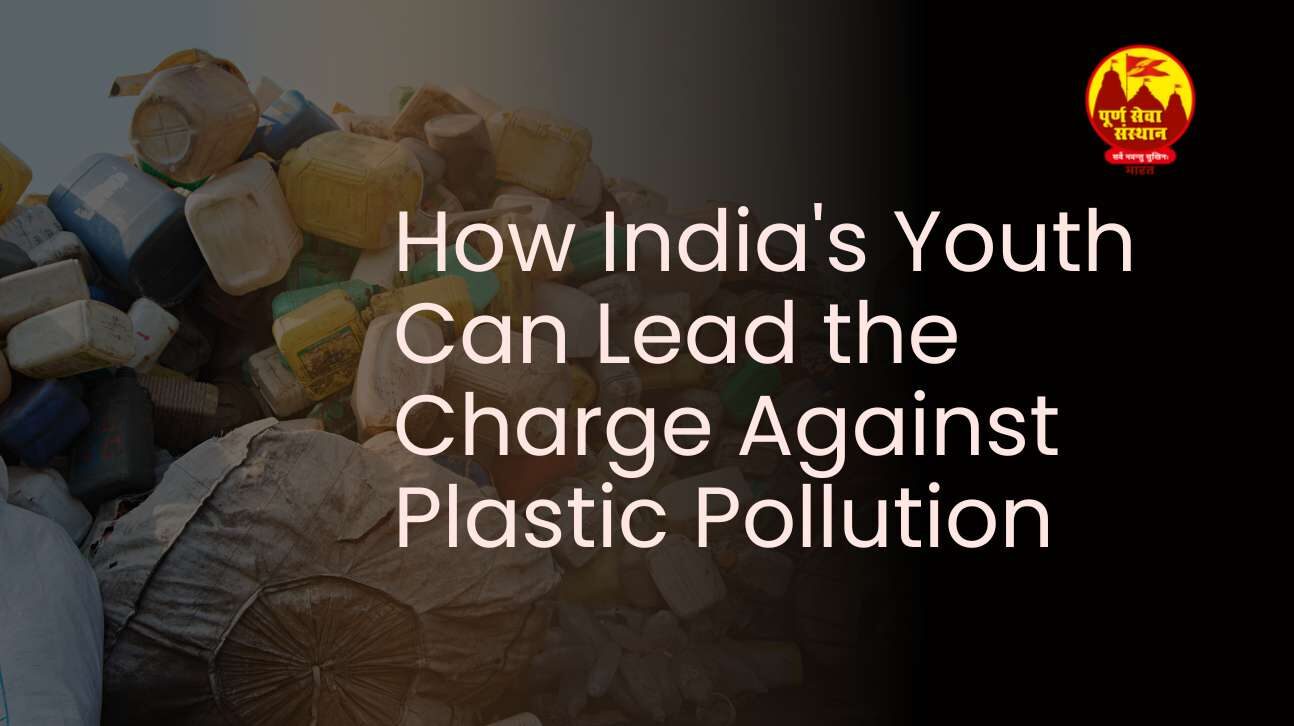How India’s Youth Can Lead the Charge Against Plastic Pollution
Plastic pollution is a growing problem in India, with significant impacts on the environment and human health. Fortunately, India’s youth are in a unique position to address this issue. By taking action and advocating for change, young people can make a significant impact on reducing plastic pollution in their communities.
Understanding Plastic Pollution
Plastic waste is a major contributor to pollution, and it has harmful effects on the environment and human health. India is a significant contributor to the global plastic problem, generating over 9.4 million tons of plastic waste each year. Single-use plastics, such as straws, plastic bags, and packaging, are particularly problematic because they are designed for short-term use and then discarded. These plastics take hundreds of years to decompose and can harm wildlife, pollute water sources, and release toxic chemicals into the environment.
The Role of Single-Use Plastics
Single-use plastics are particularly problematic in India, where they are commonly used in daily life. Plastic bags are used to carry groceries, plastic packaging is used for snacks and other products, and plastic straws are used in many beverages. These items are often discarded after a single use, contributing to the plastic waste that pollutes the environment.
The Need for Youth-Led Action
Young people have a crucial role to play in addressing plastic pollution. They are often the ones most impacted by the consequences of plastic pollution, such as contaminated water sources and damaged ecosystems. They are also more likely to be open to new ideas and willing to take action to address environmental problems. Youth-led initiatives have the potential to create lasting change, especially when it comes to addressing complex issues like plastic pollution.
The Power of Grassroots Movements
Grassroots movements led by young people have already made a difference in India. Youth-led initiatives have successfully advocated for the implementation of plastic bans in several cities and have raised awareness about the harmful effects of plastic pollution. Organizing and mobilizing young people for action can be done through social media campaigns, clean-up drives, and community outreach efforts.
Solutions for Plastic Pollution
Reducing plastic pollution requires a range of solutions. Fortunately, there are many ways that young people can take action to reduce plastic waste in India.
Alternatives to Single-Use Plastics
Young people can promote eco-friendly alternatives to single-use plastics. For example, they can carry reusable bags or containers, use metal straws, and switch to biodegradable packaging. This not only reduces plastic waste but also promotes a more sustainable lifestyle.
Advocacy and Education
Young people can advocate for policy changes that promote sustainable practices and reduce plastic pollution. They can also educate others about the harmful effects of plastic pollution and the benefits of alternative solutions. Social media campaigns, workshops, and school programs are all effective ways to promote advocacy and education.
Conclusion
Young people in India have the potential to make a significant impact in the fight against plastic pollution. By taking action, promoting alternatives, and advocating for change, they can lead the charge in reducing plastic waste and creating a more sustainable future.
About Poornseva Sansthan
The Poornseva Sansthan NGO is playing an important role in creating awareness about plastic pollution in India. Their efforts to promote sustainable practices, reduce plastic waste, and educate communities on the harmful effects of plastic pollution are making a positive impact on the environment and the health of individuals. By continuing to work towards their mission of a cleaner, healthier India, the Poornseva Sansthan is paving the way for a more sustainable future.



